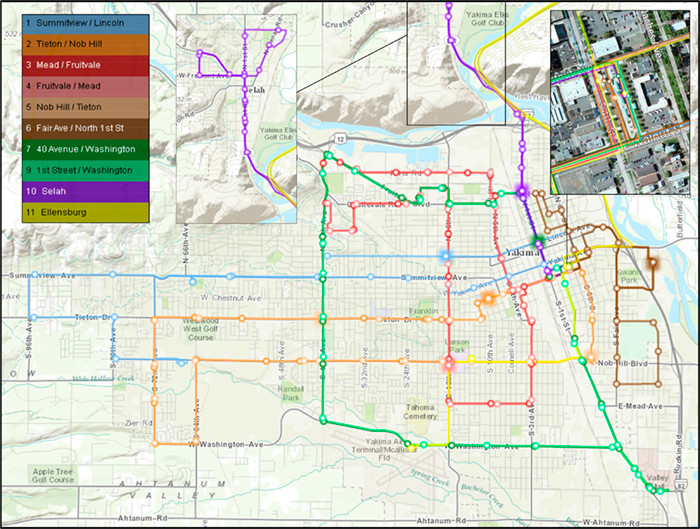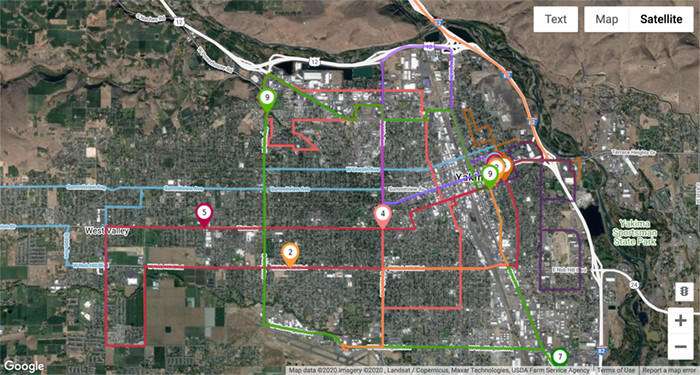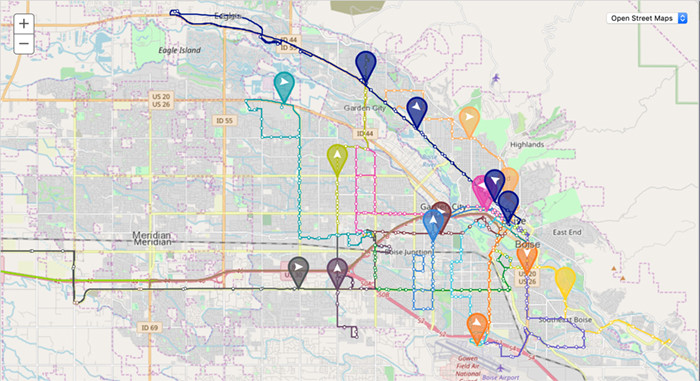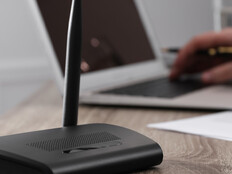Yakima Transit is able to track bus routes in real time using wireless technologies. Source: Yakima Transit
“It is becoming more and more common” as agencies recognize that having wireless everywhere can go a long way toward improving bus and train management, says Sarah Catz, a research associate at the Institute for Transportation Studies at the University of California, Irvine.
“Not only does it help with communication with drivers and dispatch personnel but it also allows them to be more efficient, more cost-effective and, ultimately, safer and greener,” Catz says. In addition, onboard gateways will likely prove critical as cities adopt autonomous public transit systems, which depend on robust, always-on connections between vehicles and surrounding sensors, Catz notes. “It’s good that we’re moving this way, because if everything is going to work, this is the technology cities will need.”














